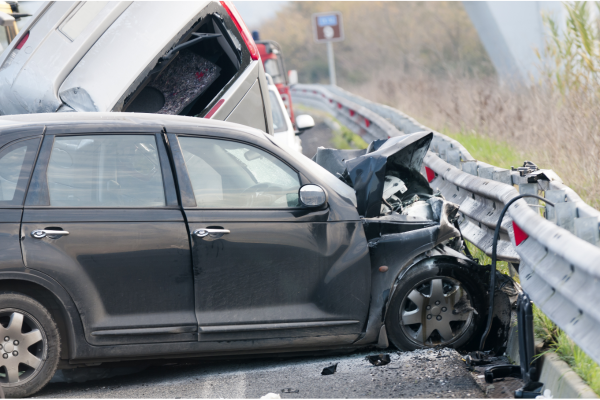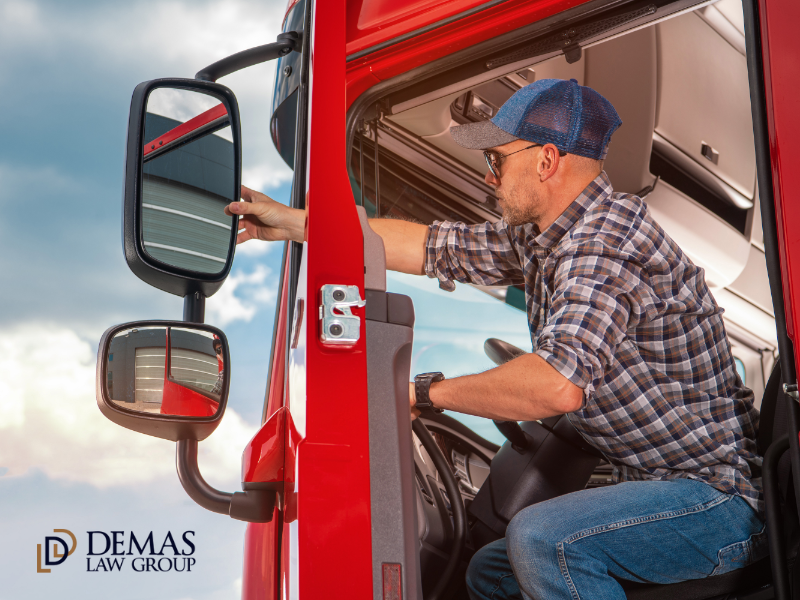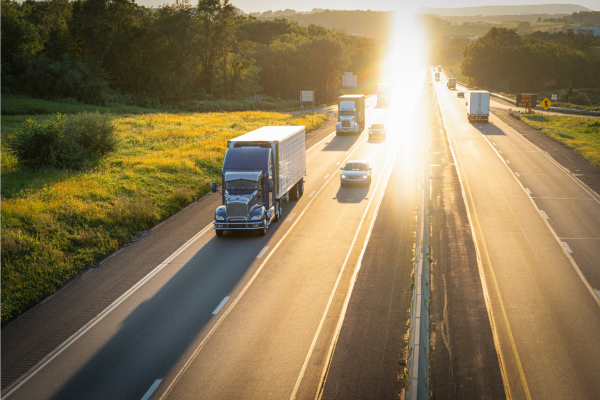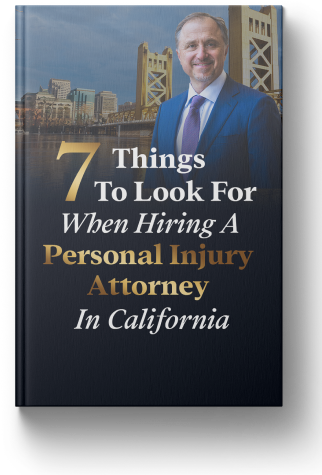On Dec. 7, 2019, two patrol cars were stationed next to a broken-down vehicle on the shoulder of 1-95 northbound near Exit 15 in Connecticut. Although the police flashed their emergency lights and set up a flare visible from several hundred yards away, a Tesla Model 3 crashed into both the disabled vehicle and one of the police cars before slowly coming to a stop several hundred yards later. All three cars were totaled.
Luckily, no one involved was seriously injured, but the question remains: How did the driver of the Tesla not see three parked cars on the shoulder?
A better question might be: How did his car not see them?
The driver who caused the crash was operating his Tesla Model 3 on the Autopilot setting, which assists with speed control and steering. Relying on his Autopilot, he had turned around in the driver’s seat to check on what his dog was doing when the crash occurred.
How Frequent Are Tesla Autopilot Accidents?
Stories like these raise concerns about the safety of using Autopilot and how often Autopilot-related accidents occur.
According to Tesla’s safety reports:
- In the first quarter after Model 3’s release, there was one accident per 2.87 million miles driven by vehicles using Autopilot.
- For vehicles driving without Autopilot, there was one accident per 1.76 million miles.
- In quarter 3, there was one accident per 4.34 million miles for vehicles using Autopilot, and one accident per 2.7 million miles without Autopilot
- The average crash rate in the United States is one accident for every 436,000 miles.
Using these statistics, it appears that driving with Autopilot is actually nine times safer than driving without it. There are, of course, problems with the Autopilot system, but perhaps the safety issue doesn’t reside with the technology alone. Crashes are also the result of driver negligence and misunderstanding about the capabilities of an Autopilot system.
Safety Concerns Regarding Autopilot Features in Cars
A recent press release regarding the accident explained Tesla’s stance: “Autopilot isn’t an autopilot and it doesn’t make its cars autonomous. The driver remains fully responsible for keeping hands on the steering wheel and eyes on the road.”
When using Autopilot, keep in mind that:
- You need to remain in control of the car at all times.
- Autopilot can be misled by incorrect marks on the road, causing you to need to correct the direction of the vehicle.
- Autopilot will not slow down or pull over for emergency vehicles.
- According to the National Highway Traffic Safety Administration, although a number of vehicles have some automated capabilities, there are no vehicles currently on sale that are fully automated or self-driving.
Contact Demas Law Group, P.C. in Sacramento CA after an Autopilot Accident
If you have been injured by a negligent driver using Autopilot or by a malfunctioning Autopilot system in Sacramento, let us help you. Call Demas Law Group, P.C. today for a free consultation about your case.











